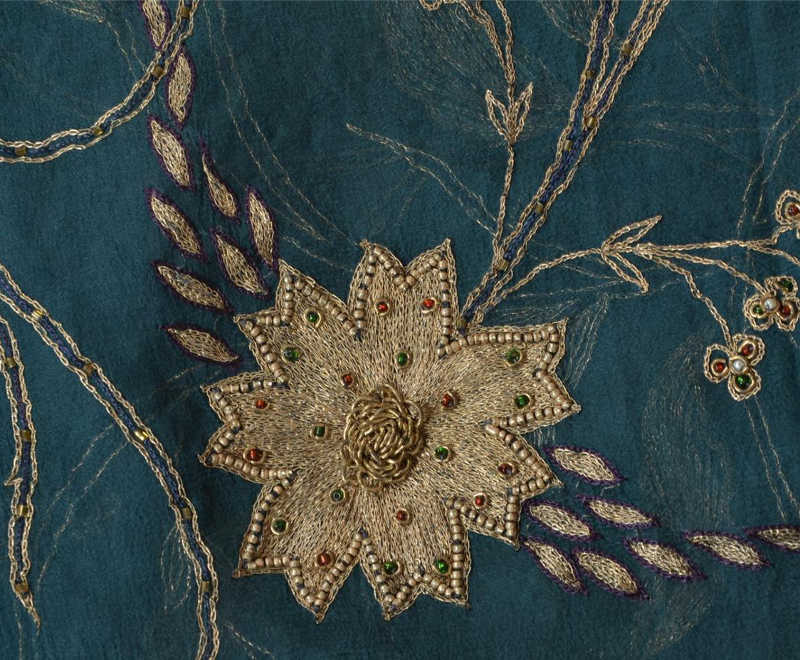===
0617,
3
===

=== |
 |
khilnā : 'To open, expand (as a flower), to blow, bloom, flower; to open, crack, burst, swell'. (Platts p.879)
khulnā : 'To open, come open or undone; to open, expand, blow (as a flower; com. khilnā )'. (Platts p.879)
FWP:
SETS == MIDPOINTS
MOTIFS == SCRIPT EFFECTS
NAMES
TERMS == PROOF; 'THOUGHT-BINDING'Another delight of the kam kam , apart from its meaning both 'little by little' and 'a very little', is that it operates as what I call (for want of a better term) a 'midpoint': it can be read adverbially with different clauses, to describe either the process of 'learning', or the process of 'opening'. Thus we end up with four enjoyably different possible readings:
(1) the bud has, little by little, learned how to open
(2) the bud has learned, a little bit, how to open
(3) the bud has learned to open little by little
(4) the bud has learned to open a little bit
And of course, by no coincidence, all these readings work elegantly with the second line.
There's also the excellent semi-overlapping doubleness of khulnā / khilnā (see the definitions above). (Another striking example: {12,4}.) For the beloved's eyes, 'to open' [khulnā] is the perfect verb; for a bud, 'to bloom' [khilnā] is the perfect verb. When the eyes and the bud are juxtaposed, the choice is up to us. (Though really in the ghazal world the beloved always wins.)